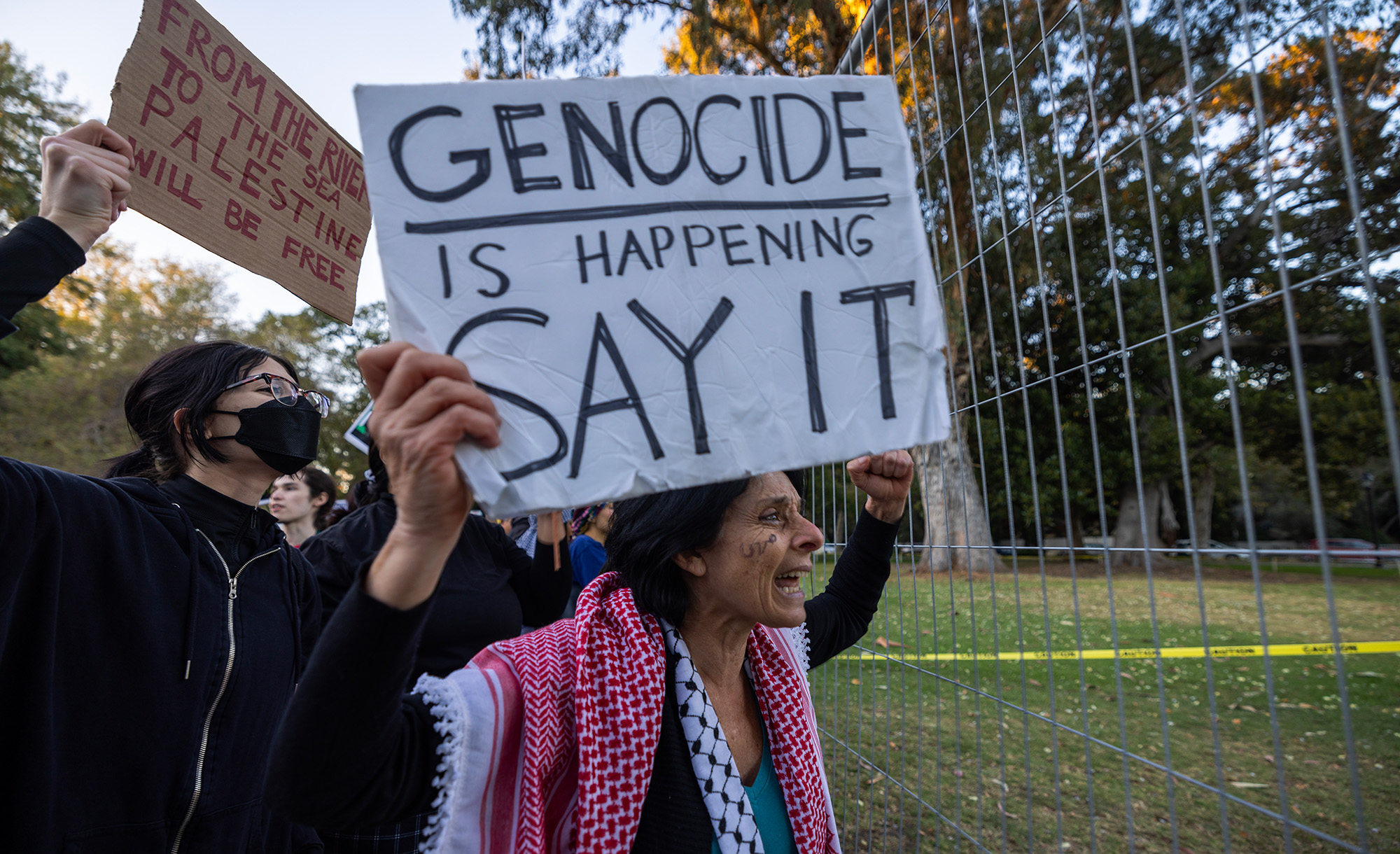In a recent essay, Susie Linfield examines the history of deluded leftist thinking about Jews and Zionism that has led American anti-Israel activists to assert that Palestinians in the West Bank and African Americans in Ferguson, Missouri are victims of the “exact same system.” She writes:
In the imagination of the Christian West, Jews have been forced to fill every role. For 2,000 years, they have been seen as the ultimate shape-shifters: craven, feeble, abject, weak, and humiliated, but also powerful, conspiratorial, and demonic. They are the prime, indeed fatal, danger to the societies in which they live: arch-capitalists and arch-revolutionaries. Jews are a symbol, a metaphor, an essence. So it should come as no surprise that the state of the Jewish people, where almost half of the world’s Jews live, is also viewed in this way. Israel is both an obsession and an abstraction—as the Jewish people have been for much of Western history.
Or, as Etan Nechin, an Israeli journalist who edits the Bare Life Review, a journal of immigrant and refugee literature, argues, “The left thinks that Israel exists only on a highly ideological-political level. There are no people in it. It’s only a tabula rasa.”
Since Zionism’s inception, the left—following Marx—has often projected its fixations onto Israel and the state’s political conflicts, and thereby sorely misunderstood them. [For instance]: in the late 1960s and early 1970s, a new theory emerged among leftist anti-Zionists: Jews who had fled their homes in the Arab world—Iraq, Yemen, Morocco, and elsewhere—would unite with Palestinians to overthrow the presumably oppressive Zionist state and establish . . . well, something else. These leftist activists assumed a natural—that is, ethnic—affinity between Palestinians and Jews from the Arab world. After all, both were apparently non-European (or, in today’s parlance, “people of color”). The theory proved catastrophically wrong, because it ignored the discrimination—and, sometimes, violence—that Jews had experienced in Arab countries, and the enmities that led many of their Muslim Arab neighbors to drive them out. Today, Arab countries have virtually no Jewish citizens, and Mizraḥi Israelis constitute a key part of the Israeli right’s base.
All this is true enough. Yet Linfield appears to have based her analysis solely on conversations with members of the Israeli left, leading to a distorted picture of the country’s situation. And in making the important point that leftists tend to be as reductive in their view of Palestinians as they are in their view of Israelis, depicting the former “in cartoonlike form as either mighty, unbowed anti-imperialist warriors or innocent, reactive victims,” Linfield asserts that Marwan Barghouti, the primary architect of the second intifada, supports a “two-state solution.” But that isn’t quite true. He might support a “solution” of two states, so long as neither of those states is a Jewish one.
More about: Anti-Semitism, Anti-Zionism, Israeli left, Leftism, Mizrahi Jewry


